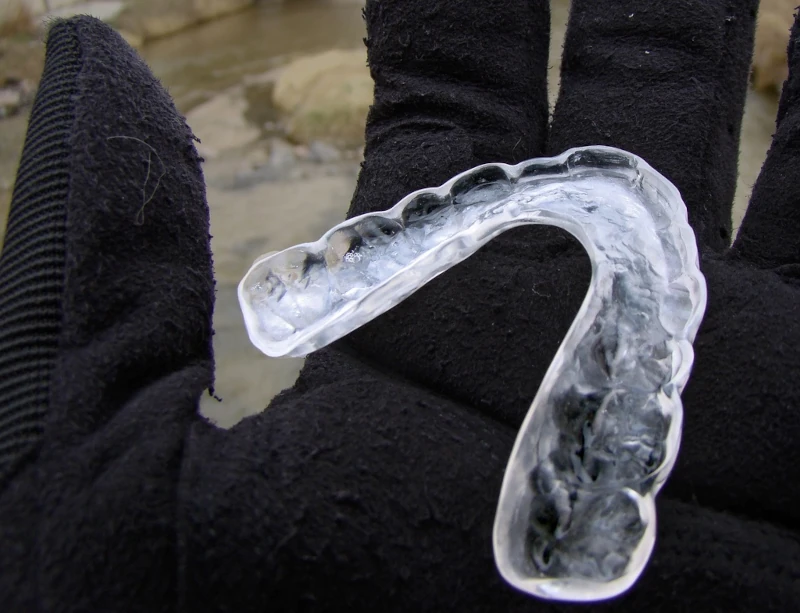- Office Hours Mon - Fri 9:00 am – 4:00 pm EST
When we talk about digital dentistry, we are really talking about replacing different aspects of the process from the physical world to computer-coded counterparts. It can be everything from capturing of data with intraoral scans, to the software design process, and then fabrication of the splints using some automated manufacturing device. In my office, I’ve liked the digital capture part of the process for a while, but now, digital design and fabrication is exciting too.
If you like what materials you’ve been using, you still can fabricate them that way. The dental lab can do traditional acrylic occlusal splints from your scans. They can take the information that you’re giving them in a digital format with an intraoral scan and quickly and easily reproduce a physical set of 3D printed models that get mounted, and create a traditional splint. If you are wanting to move forward with digital workflow to take advantage of the increased ease, accuracy and reproducibility, you can go ahead and try one of the digitally-fabricated splints. There are two formats for that:

The milled splint is incredibly strong, and visually, it is very similar to what you’ve always been getting. You can get incredibly clear discs that are trimmed to look almost exactly like what you had before. It is a slightly longer process than 3D printed, but still a shorter turnaround time than doing it with the old-fashioned cold-cure acrylic. The price of the milling units tends to have them in labs that are using these machines more routinely.
3D printed splints can be fabricated within hours in the office. With the price point on 3D printers as low as a couple of fillings, this is an easy investment. You can have the lab create the digital file for your splint, and email it to you for printing in the office for a fraction of the cost and turnaround time. For B-Splints, I use free software, called Meshmixer. We design the splints in the office to do the whole process from start to finish!

The 3D printed splints typically are not as clear as the milled splints, and are not exactly as strong. But it’s not a major issue for the patient as far as wearing it; it’s more if it’s dropped on the bathroom tile floor is when you can expect fractures. More importantly, the 3D printed splints increase accuracy. In cases where some teeth have tight embrasures and you want great retention without using clasps, 3D printing can do that extremely well.
ADA CERP is a service of the American Dental Association to assist dental professionals in identifying quality providers of continuing dental education. ADA CERP does not approve or endorse individual courses or instructors, nor does it imply acceptance of credit hours by boards of dentistry.
Concerns or complaints about a CE provider may be directed to the provider or to the Commission for Continuing Education Provider Recognition at ADA.org/CERP.